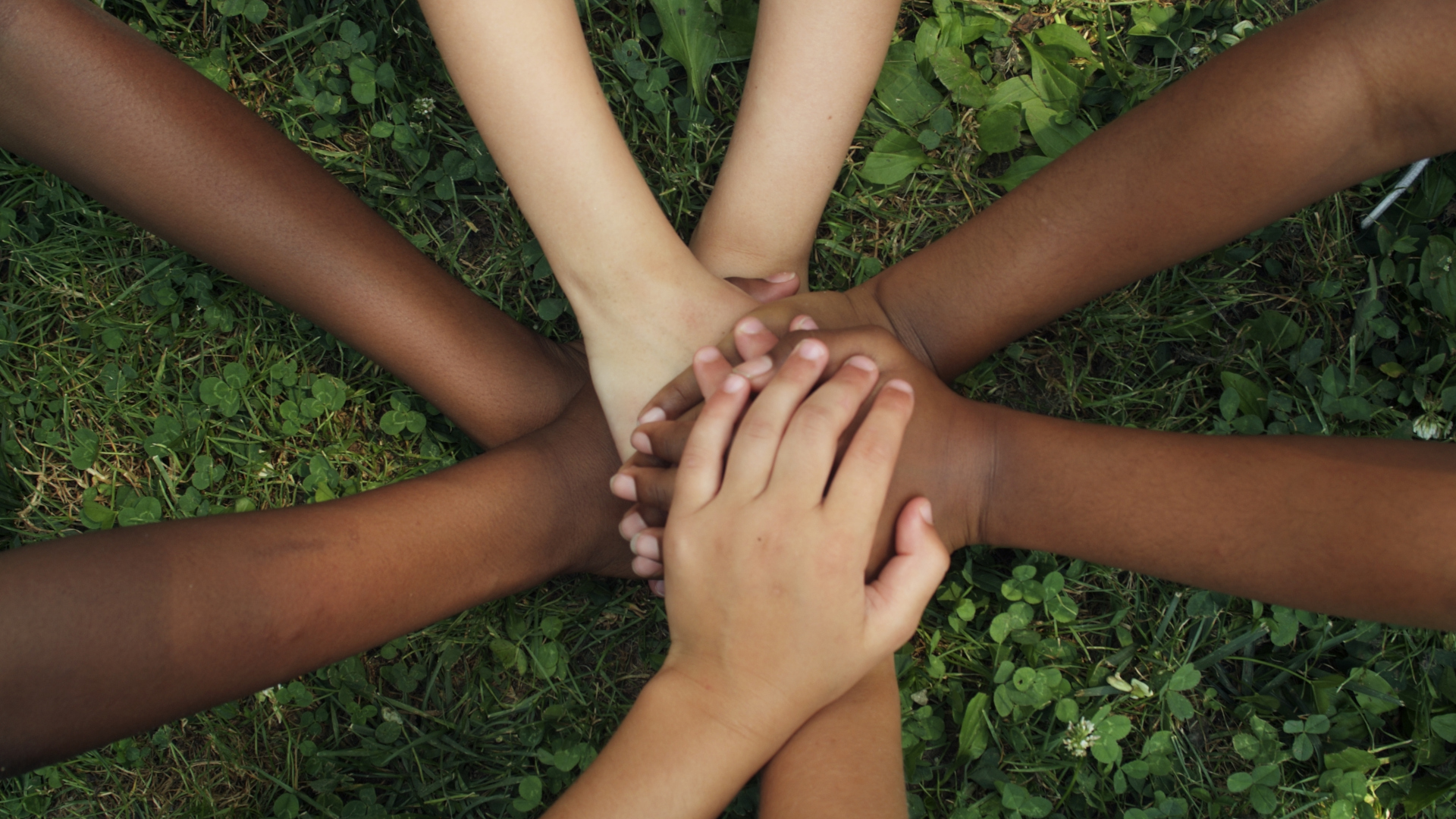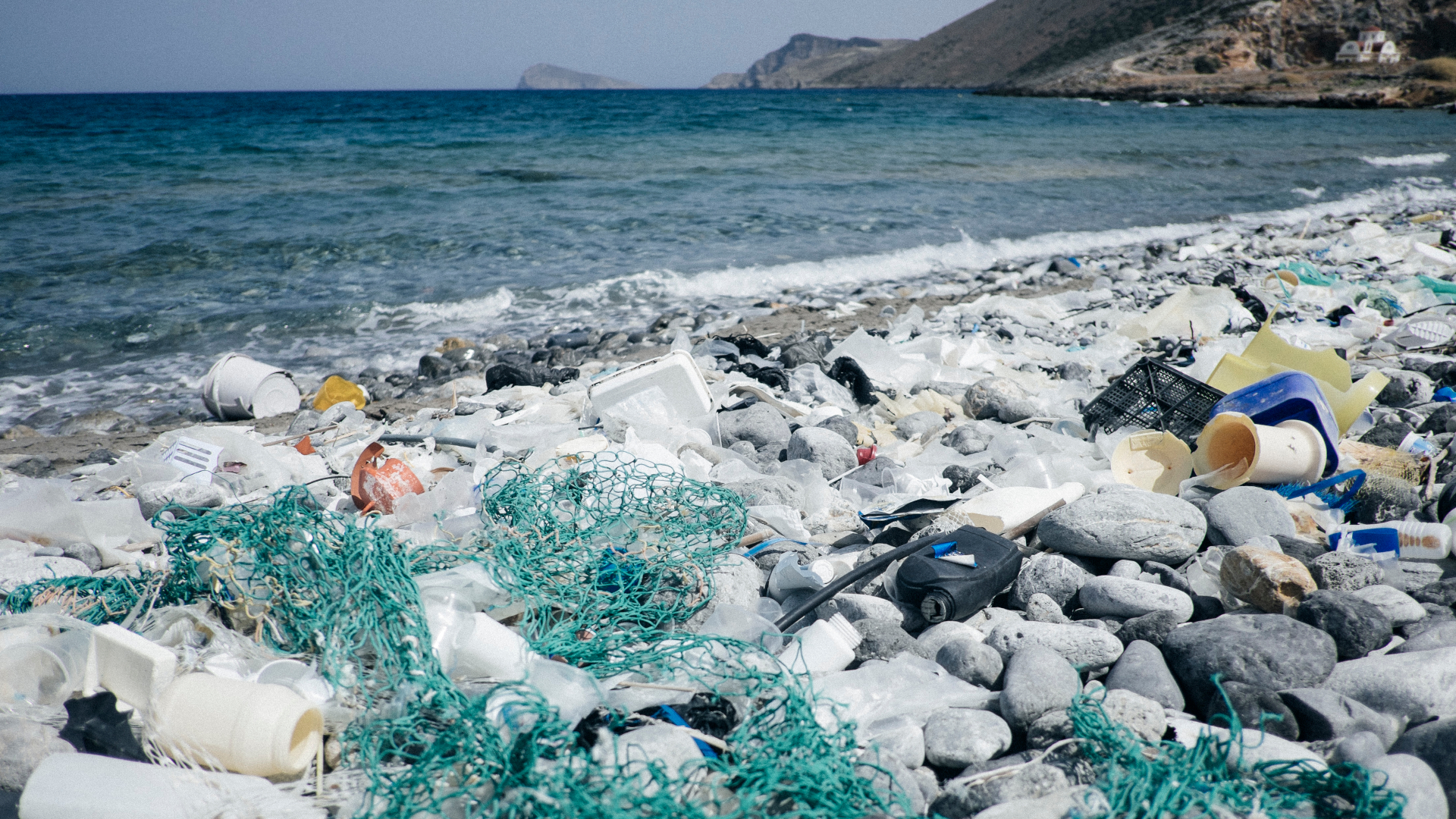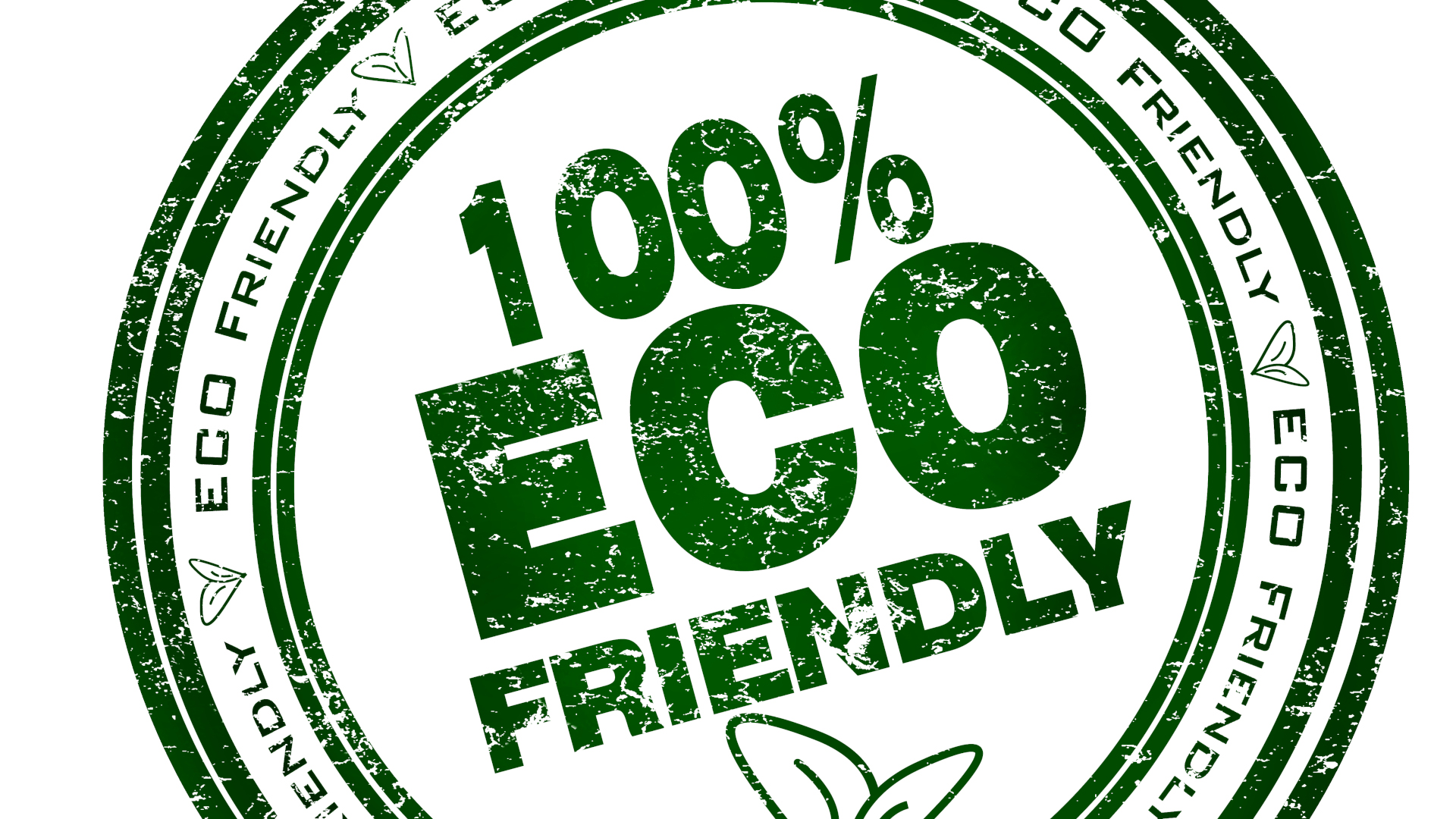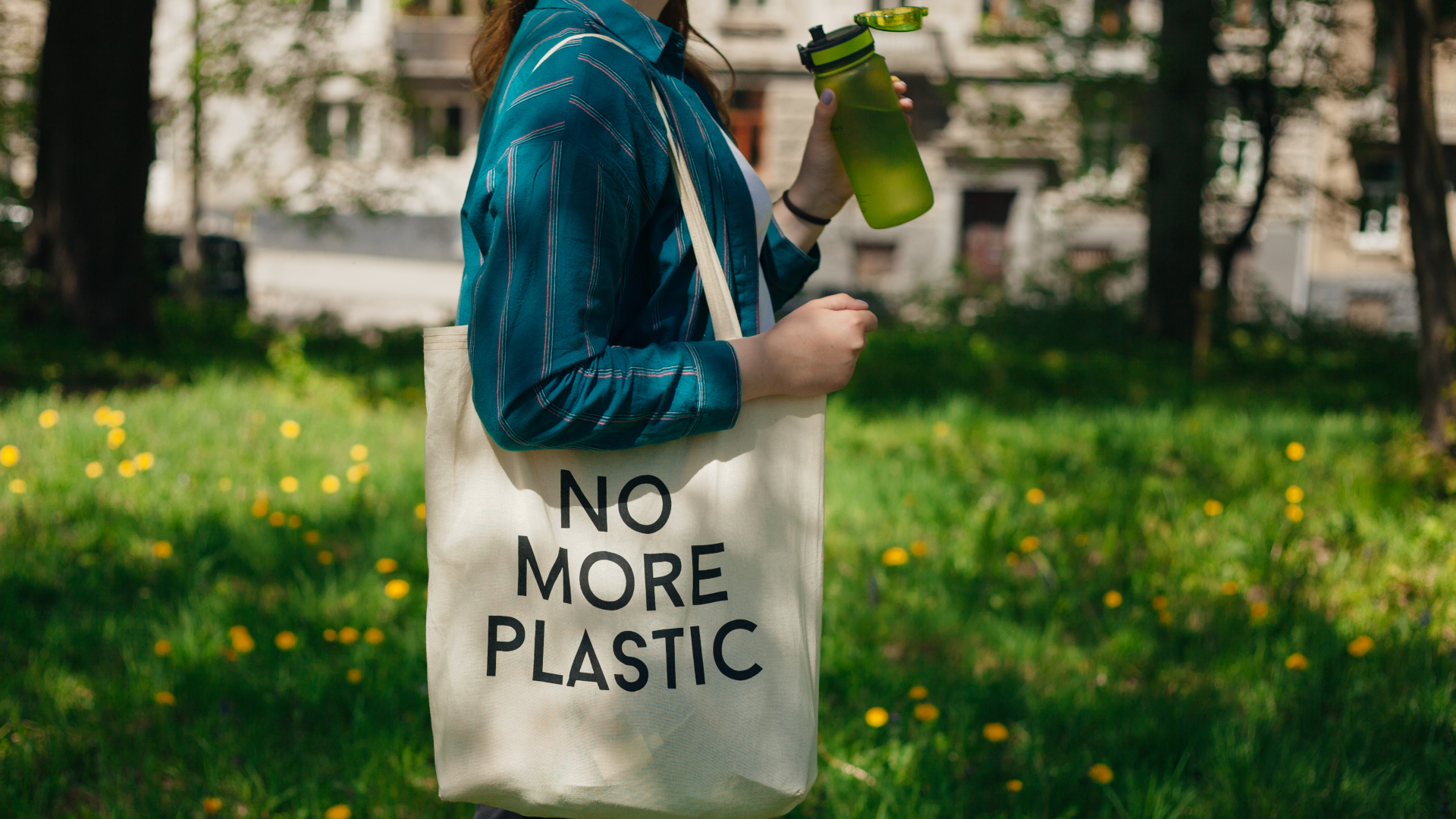
As hikers, runners, climbers and skiers, we love our planet. We want to keep it healthy so that we can keep enjoying the trails, and our land, water and air remains clean for future generations. From caring for our gear to extend its lifespan to picking up trash on the trails and recycling kit when it’s reached the end of its life, we think making our footprint as light as possible is important. That’s why Earth Day is a big deal to us.
But what exactly is Earth Day anyway? It rolls around once a year, everyone starts calling out greenwashing on social media and your local yoga studio probably has a special Earth Day class – but what are the actual origins and intention of the event? Is it a protest or a celebration? Should you be out marching or is it all purely notional?
In this article, we recount the history of Earth Day, some of the incredible accomplishments that have come out of this global movement, what’s happening in 2024 and how you can get involved.

What is Earth Day?
Earth Day is a day of activism that takes place every year on April 22. It is the largest annual secular protest on the planet. The idea for Earth Day all started like the very trees it is trying to protect – with a seed. Back in 1969, the environmental movement was gathering strength thanks to rising awareness about the link between air pollution and health, and furor over a massive oil spill in Santa Barbara.
That year, inspired by the student anti-war movement, the late Wisconsin senator Gaylord Nelson announced his idea for a teach-in on college campuses and recruited Republican Congressman Pete McCloskey and activist Denis Hayes to serve as his co-chair. Together, they chose April 22 for the event because the students would be back on campus after Spring Break, but not yet preparing for final exams.
Nelson’s team ended up growing to a network of 85 people across the country, and on April 22, 1970, the first Earth Day saw 20 million Americans engaged in various forms of protest against the effects of climate change on the planet and human health. Earth Day wasn’t the beginning of climate activism, but it was successful in bringing together many activists who had been working alone or in small groups up until that point.
The first Earth Day was hugely successful; by the end of 1970, the protests had led to the creation of the Environmental Protection Agency and the passage of the National Environmental Education Act, the Occupational Safety and Health Act and the Clean Air Act, among other influential laws.

Since then, Earth Day has gone from strength to srength. In 2010, on its 40th anniversary, an estimated one billion people are reported to have taken part in the event, and on 2016, the Paris Agreement – an international treaty on climate change – was signed into effect on April 22 by 175 countries.
Today, Earth Day is not just an event but an organization overseen by board members who are college professors, CEOs, scientists and sociologists from across the globe. Its mission is to educate and activate the environmental movement across the globe. They work with more than 150,000 partners in 192 countries to drive positive action for our planet.
The Nelson Institute at the University of Wisconsin–Madison is named after Earth Day’s founder in recognition of his great contributions to nature and the Gaylord Nelson Wilderness in the Apostle Islands National Lakeshore was named after him in honor of his efforts to have the National Park site created.

What’s happening on Earth Day 2024?
Each year, Earth Day has a different focus and this year, the event is calling for an end to plastics for the sake of human and planetary health. Plastics are found everywhere, from water bottles and food packaging to your favorite running top and synthetic puffer jacket. These items never biodegrade, but they do break down through use and washing into microplastics which end up in our rivers, oceans and bodies, and evidence is growing that these are very harmful to global health. The specific demand is to achieve a 60 percent reduction in the production of all plastics by the year 2040.
How can you get involved with Earth Day?
You can find official events wherever you are on the planet by going to the Earth Day 2024 page. Here you can search for event types such as marches and rallies, cleanups, education and arts and culture, apply filters such as whether it’s suitable for kids or adults only and select a date range, as some events take place in the days before and after April 22. Then you can zoom in on the map to find out what’s happening in your area.
If there’s nothing happening near you, or you want to organize your own event, you can register it with Earth Day. As adventurers, we highly recommend seeking out or organizing a trail cleanup on one of your favorite hiking or running trails to help keep our wilderness wild for future generations.
If you’re unable to take part in an event or are just looking for other ways to participate, Earth Day has an Action Toolkit with tons of great ideas and resources, such as:
- Sign the EDO Global Plastics Treaty
- Reject fast fashion (check out our resources for shopping used outdoor gear and choosing eco-friendly brands)
- Reduce your plastics use with stainless steel water bottles, clothing made from natural fabrics and making your own hiking snacks
- Educate yourself on plastics with their many resources
- Get regular posts to share on social media
Of course, Earth Day is only effective if it spurs us into long term change, so be sure to read our articles on how to be a more sustainable hiker and eco-friendly climbing for more ideas on reducing your carbon footprint year-round, and not just one day a year.







